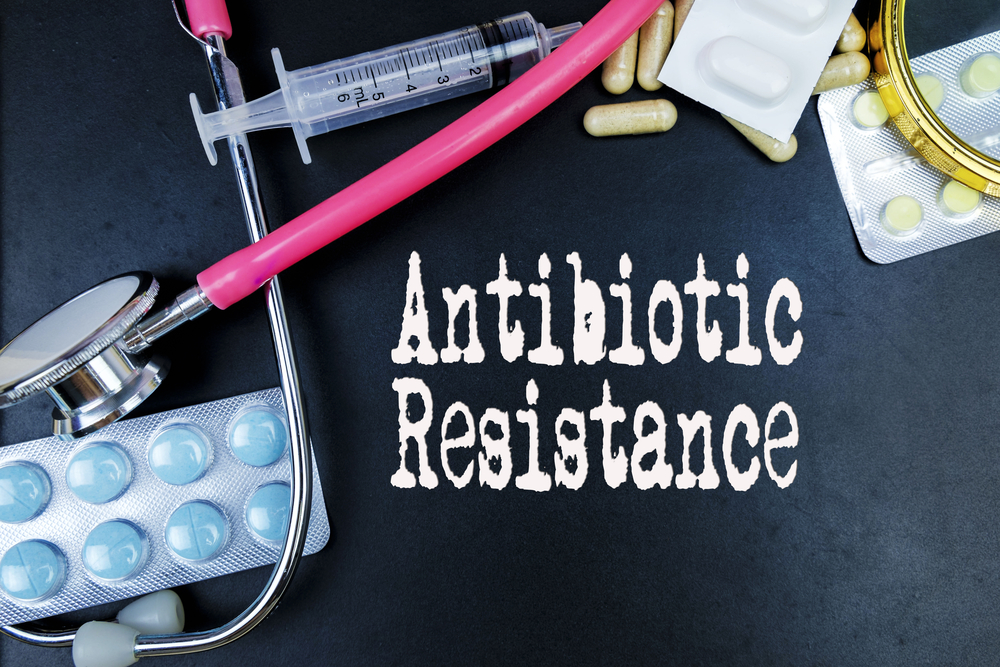One in six infections worldwide is now resistant to antibiotics, highlighting a growing global health crisis, according to a new WHO report.
Antibiotic resistance (when bacteria evolve to withstand treatments that once cured infections) is increasing at an unprecedented pace.
The World Health Organization (WHO) has released its 2025 Global Antibiotic Resistance Surveillance Report, showing that one in six laboratory-confirmed bacterial infections in 2023 was resistant to standard treatments.
Between 2018 and 2023, resistance increased in more than 40% of monitored pathogen-antibiotic combinations, with an average increase of 5-15% each year.
Antibiotic resistance hotspots: Where the threat is greatest
The WHO report highlights that antibiotic resistance is not evenly distributed. The highest prevalence is in Southeast Asia and the eastern Mediterranean, where around one in three infected people now have resistance. In Africa, one in five infections is caused by resistant bacteria.
Health systems with limited capacity to diagnose and treat bacterial infections face the most difficult challenges. In such areas, resistant infections often go undetected, leading to delayed treatment, increased mortality, and further spread of resistant pathogens.
Gram-negative bacteria pose the greatest risk
Drug-resistant Gram-negative bacteria such as Escherichia coli and Klebsiella pneumoniae are among the most serious threats. These pathogens are the leading cause of bloodstream infections, which can lead to sepsis, organ failure, and death.
Globally, more than 40% of Escherichia coli and 55% of Klebsiella pneumoniae are resistant to third-generation cephalosporins, which are the first-line treatment for serious infections. Alarmingly, the resistance rate in the African region is over 70%.
Other essential antibiotics, such as carbapenems and fluoroquinolones, are also losing effectiveness against Escherichia coli, Klebsiella pneumoniae, Salmonella enterica, and Acinetobacter.
Once rare, carbapenem resistance is becoming more common, forcing low- and middle-income countries to rely on expensive, scarce, and often inaccessible treatments of last resort.
Improved surveillance brings hope
Despite the growing threat, the WHO report highlights progress in global surveillance. Participation in the Global Antimicrobial Resistance and Use Surveillance System (GLASS) has more than quadrupled from 25 countries in 2016 to 104 countries in 2023.
However, nearly half of countries will not be reporting data in 2023, and many that do still lack reliable systems to monitor resistance.
Countries facing the greatest burden of antibiotic resistance often have the least capacity to track it, limiting global understanding and response.
Coordinated global action is urgently needed
The United Nations General Assembly in 2024 adopted a political declaration urging countries to tackle antimicrobial resistance using a “One Health” approach that brings together human, animal and environmental health sectors.
WHO is calling on countries to produce high-quality AMR and antimicrobial use data by 2030. Strengthening testing systems, expanding surveillance, and ensuring treatment guidelines are tailored to local resistance patterns are important steps.
Coordinated interventions at all levels of care can slow resistance, improve patient outcomes, and maintain the effectiveness of lifesaving antibiotics.
Supporting policy and treatment with digital tools
The 2025 report includes expanded digital content from the WHO GLASS dashboard. Policy makers, healthcare providers, and researchers can access global and regional overviews, country profiles, and detailed antimicrobial use data.
These tools are designed to support evidence-based decision-making, track progress, and identify gaps in the fight against antibiotic resistance.
Tackling the global antimicrobial resistance challenge
Antibiotic resistance is a global crisis, with the greatest burden falling on the countries least prepared to respond.
While increased surveillance can provide important insights, urgent action is needed to strengthen health systems, expand access to effective treatments, and coordinate interventions around the world.
The WHO report emphasizes that the fight against antimicrobial resistance is not over yet, but it is a battle that must be won to protect global health.
Source link

